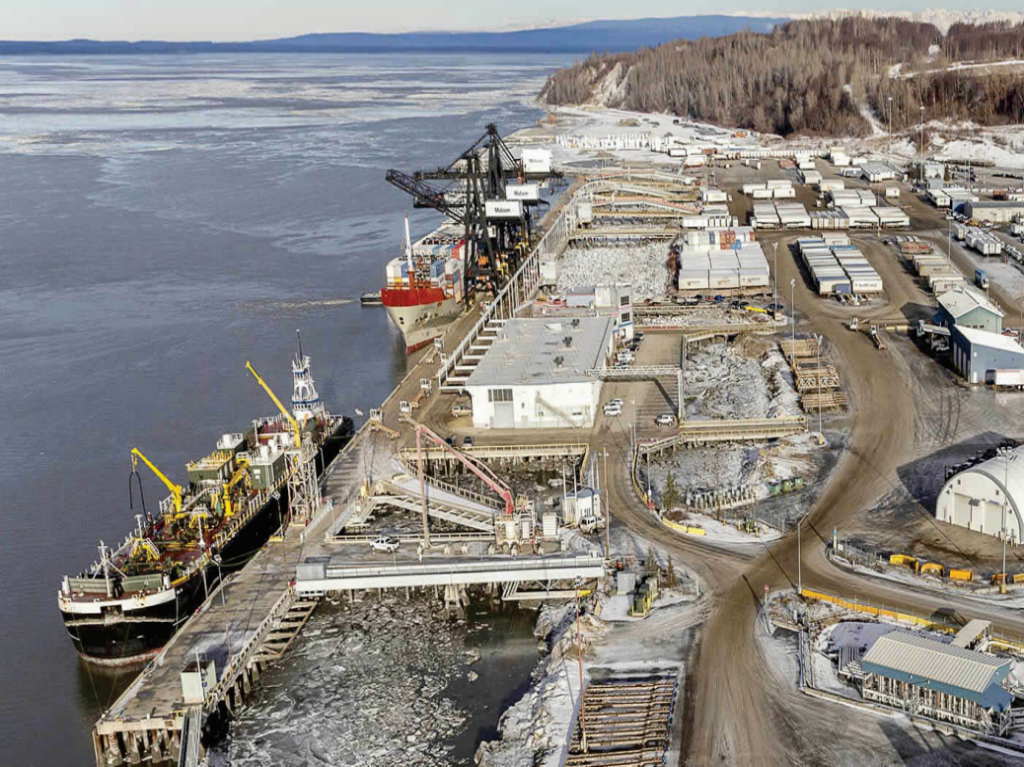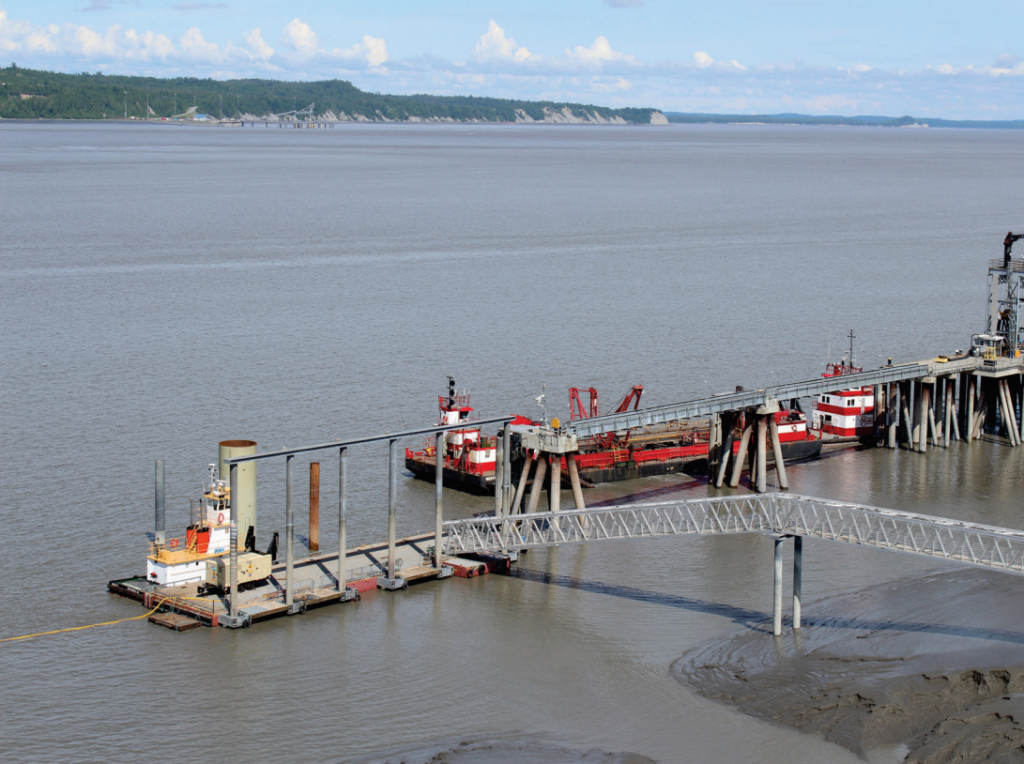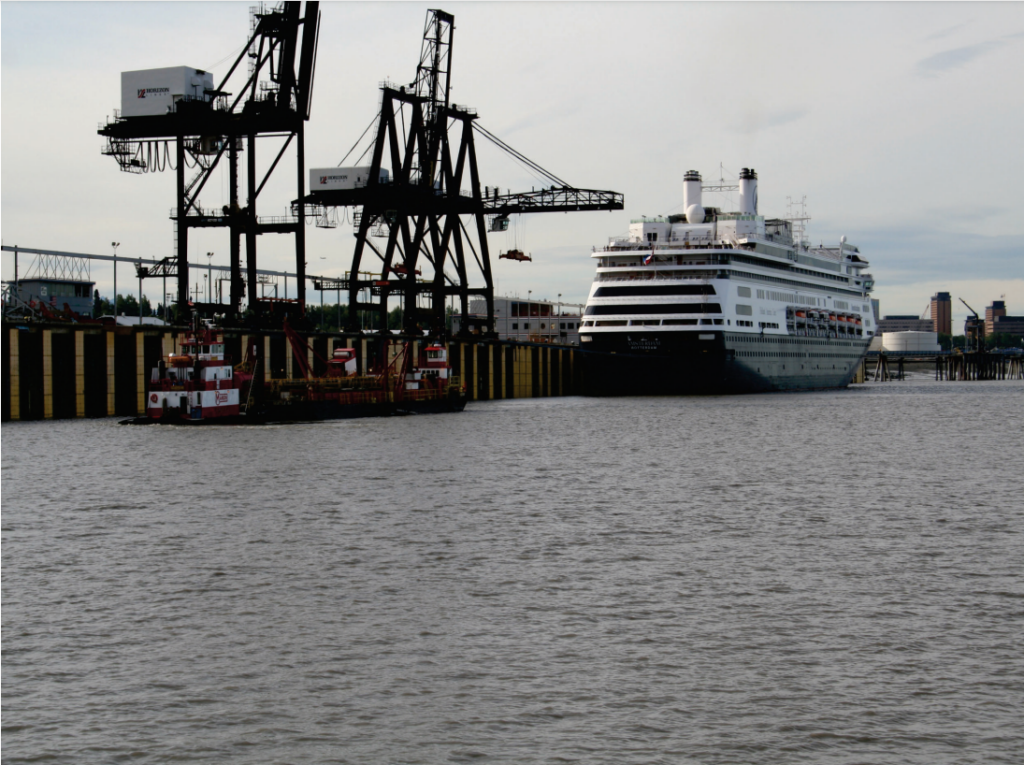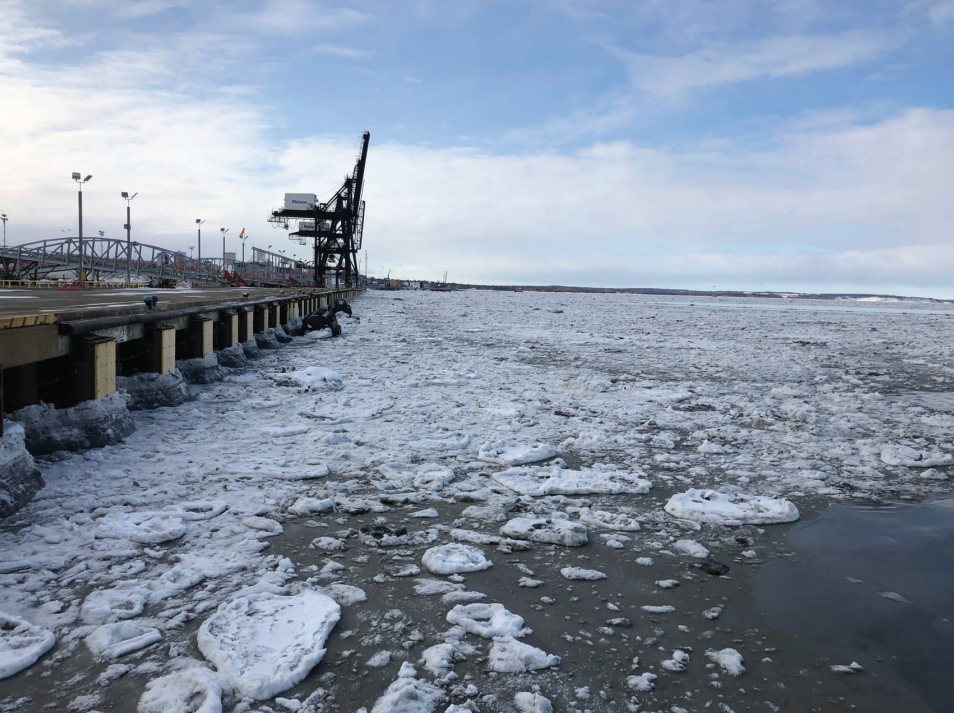Strengthening Alaska’s Supply Chain

The Port of Alaska is more than just a shipping hub; it’s the heartbeat of our state’s supply chain, ensuring that the goods we rely on—whether it’s fuel, building materials, or groceries—reach our communities. Located in Anchorage on the Cook Inlet, this port handles half of the state’s inbound fuel and freight. However, the infrastructure is aging, and without critical updates, Alaska’s essential supply chain risks becoming unreliable.
The Port of Alaska Modernization Program (PAMP) isn’t just about fixing old infrastructure—it’s about ensuring that Alaskans have reliable access to the essentials that keep our communities running. The centerpiece of this modernization is the Petroleum and Cement Terminal (PCT), which replaces a terminal originally built in 1965. Once operational, it ensures that Alaska can meet its growing demand for critical supplies.
Creating Job Opportunities

The Port of Alaska Modernization is not only about securing supply chains but also about creating jobs that directly benefit the Anchorage region. The project creates jobs for contractors, including laborers, heavy equipment operators, engineers, project managers, and subcontractors across various trades like welding, electrical work, plumbing, and demolition.
Beyond construction, the program generates long-term job opportunities in port operations and maintenance. These include roles such as dock workers, logistics coordinators, warehouse staff, and security personnel, ensuring that the port remains efficient and responsive to Alaska’s growing needs.
Economic Ripple Effect

The modernization also stimulates the wider economy, creating indirect jobs as businesses across Anchorage and the surrounding areas benefit from the increased economic activity. Sectors like retail, hospitality, and transportation are expected to see growth, thanks to the boost in local demand and services tied to the port’s expansion. This ripple effect will strengthen Alaska’s economy long after the construction phases are completed.
A Collaborative Effort in Funding

Funding for the Port of Alaska Modernization comes from federal, state, and local sources. The federal government has provided $45 million through MARAD and BUILD grants, while the State of Alaska has contributed $20 million. New tariffs on fuel and cement, implemented by the Municipality of Anchorage, help ensure the project’s financial sustainability. These combined funds, totaling over $200 million, ensure the project stays on track without overwhelming local budgets.
At its core, this modernization is about more than infrastructure—it’s about safeguarding Alaska’s future. By ensuring our key port has the resilience to withstand the next earthquake or natural disaster, and by continuing to serve as a critical hub for the goods that keep our communities thriving, Alaska is securing both its present and its future.
Header photo courtesy of the Port of Alaska. All other photos courtesy of U.S. Army Corps of Engineers.
